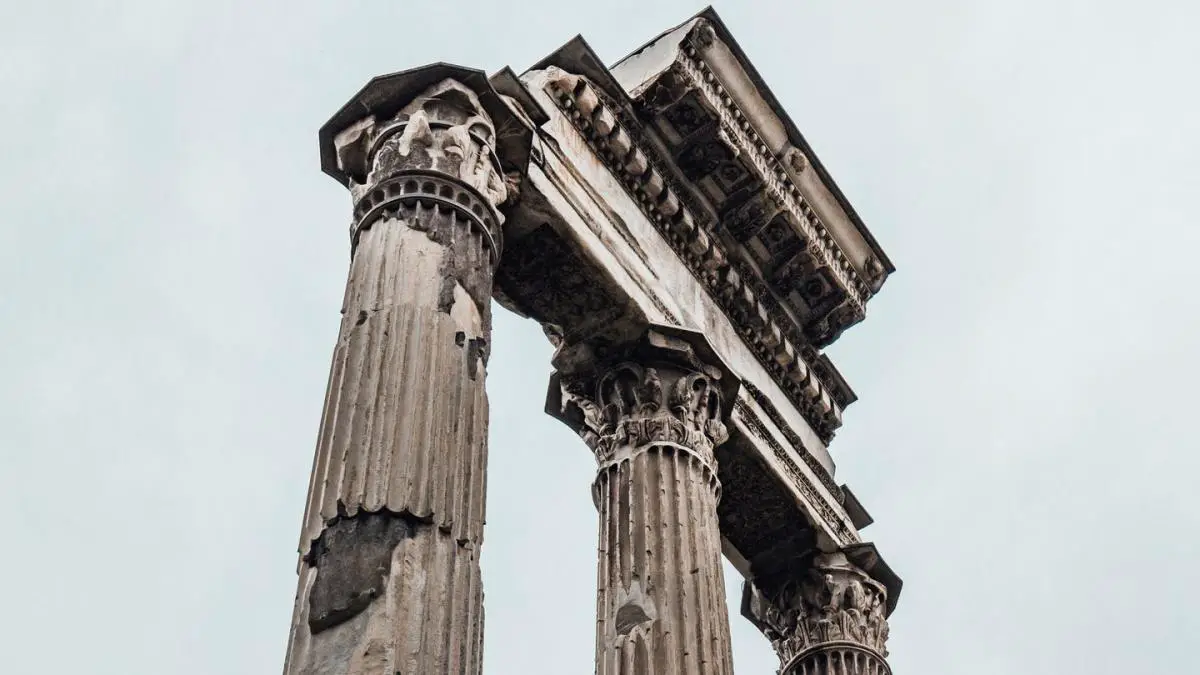-
The continued excavation of a Roman fort in Adjara, Georgia resulted fresh artifacts and, more importantly, clues to additional discoveries.
-
The latest find, a gold religious plaque, hints at a lost Roman temple located near the site.
-
Archaeologists are now eager to search for the temple, believing it will lead to a host of significant discoveries.
The search for a lost Roman temple is on. As archaeologists continued to excavate a Roman fort from the first century A.D. in what is now Adjara, Georgia, the team discovered a gold votive plaque inscribed in Greek to a deity revered by Roman soldiers. Experts believe it’s a strong clue to another nearby discovery waiting to happen.
“The discovery strengthens the hypotheses that a sanctuary dedicated to Dolichenus existed in the vicinity of the Apsaros fort,” according to a translated statement from Radoslaw Karasiewicz-Szyzypiorski from the Center for Mediterranean Archaeology at the University of Warsaw, “and the search for this sanctuary will be a focus of future excavation seasons.”
The plaque itself is a thin plate of gold with a Greek inscription dedicated to Jupiter Dolichenus—a god worshipped by Roman soldiers. It was common for worshippers to leave these plaques at places of worship, but not many of them survive for roughly 2,000 years like the one found in Adjara. Karasiewicz-Szyzypiorski said in a university statement that this discovery, along with other small finds at the fort over the years, points to a temple dedicated to Jupiter Dolichenus that must have once stood nearby.
“Remains of temples and other traces of the cult of this deity have been found at many garrisons,” he said. “We hope that further research will not only find the temple of Jupiter of Dolicheus at Apsaros, but also confirm that Oriental influence spread west and north to many garrisons, including through soldiers periodically stationed at Apsaros.”
The 2024 season of excavation at the site also gave a fresh perspective on wine in the region. The archaeologists discovered kilns for firing amphorae—the unique two-handled jugs used by Romans to transport wine. One kiln was evenstill holding an amphora, confirming that Colchian amphorae (popular in the Black Sea region) were produced at the fort.
“The number and size of the amphora ovens indicate that Apsaros must have been an important production and expert center regionally,” Karasiewicz-Szyzypiorski said. “The local wines were unlikely to have gone beyond the Black Sea basin. They were most likely produced mainly for the needs of the Roman garrisons deployed on the coasts of this basin.”
The fort in the town of Gonio has yielded a host of interesting finds over the past few years, including a granary used by the garrison, a latrine, a wine press behind the fortress walls (the soldiers needed to fill the amphorae with something), multiple kilns, and the garrison commander’s house, complete with floor mosaics. Earlier this year, the team discovered a third mosaic in the commander’s house.
“The mosaic that has been found is a series of fragments that were displaced from their original place as a result of the earthquake,” Karasiewicz-Szyzypiorski said. “We cannot yet reconstruct its appearance, but we know for now that there was a single red stripe running against a light background, which most likely formed a meander pattern.”
You Might Also Like


Leave a Comment